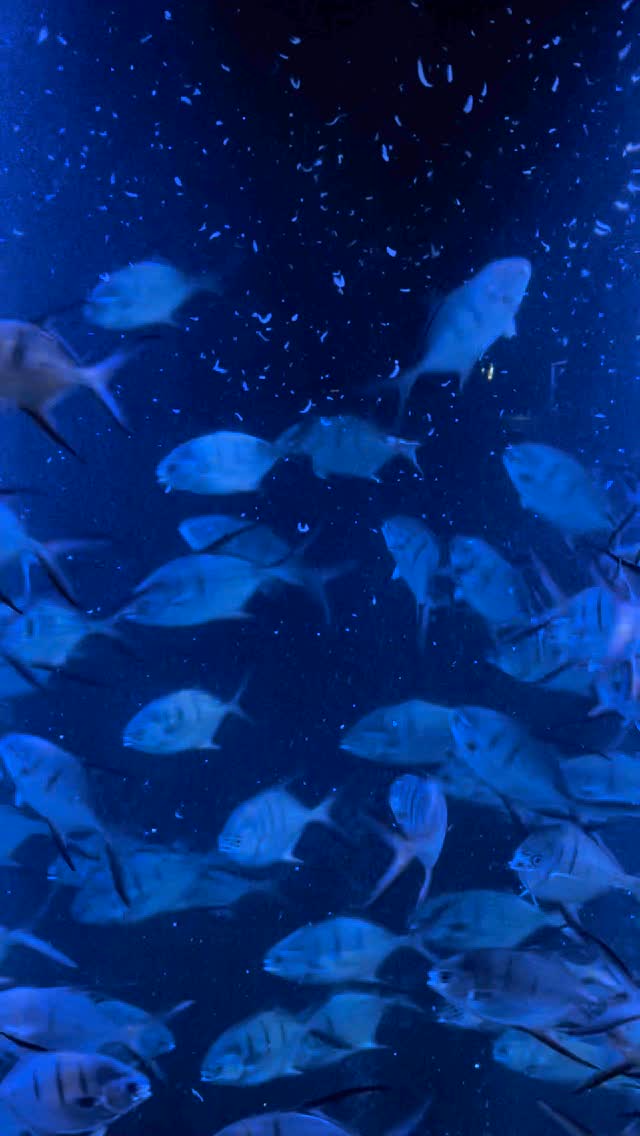- The biology and behavior of Palometa fish: school formations and feeding patterns
- Protective strategies: how schooling offers survival advantages to Palometa
- Ecological significance and habitat of Palometa in marine ecosystems
- Challenges and threats faced by Palometa populations and conservation efforts
- The role of zoo management and wildlife conservation in preserving Palometa fish
Palometa fish are fascinating creatures known for their swift movements and extraordinary ability to form dense schools. These formations are not only a spectacle but serve vital survival functions. Their schooling behavior is an example of precision and coordination, allowing them to confuse predators and efficiently capture prey. This behavior is indicative of a complex social structure where each member contributes to the whole, providing an agile response to threats and enabling quick adaptation to environmental conditions.
The schooling mechanism employed by Palometa offers multiple protective benefits. By clustering in large groups, they reduce the probability of individual predation. This collective arrangement creates confusion for predators, offering a dynamic form of camouflage. In addition, the high-speed movement of these schools enables the fish to rapidly exploit food resources, maximizing their feeding efficiency. This behavior demonstrates a remarkable evolutionary adaptation that has honed the Palometa’s ability to thrive in their natural habitats.
Palometa typically inhabit warm marine environments where their presence is a vital part of the ecosystem. They are primarily found in shallow coastal waters, where they play an integral role in the food web. As both predators and prey, Palometa influence the population dynamics of the species they feed on and are preyed upon by larger marine animals. Their interactions within the ecosystem contribute to maintaining ecological balance, highlighting their importance in biodiversity.
Despite their ecological significance, Palometa populations face challenges that threaten their survival. Overfishing and habitat destruction are primary concerns that impact their numbers. As coastal areas undergo development and ecosystems face degradation, the habitats that Palometa rely on are shrinking. Addressing these threats requires coordinated conservation efforts. Initiatives such as marine protected areas and sustainable fishing practices are crucial in preserving their populations.
Zoo management and conservation programs play a crucial role in the preservation of species like Palometa. Zoos provide education and awareness, engaging the public on conservation issues and fostering a deeper understanding of marine life. Conservation strategies include breeding programs and habitat restoration projects that aim to enhance the resilience of Palometa populations. By collaborating with marine biologists and environmental organizations, zoos contribute to the global effort of wildlife conservation, ensuring the survival of diverse species.
Palometa fish exemplify the vibrant complexity of marine life. Their schooling efficiency, adaptive behaviors, and ecological importance underscore the need for effective conservation strategies. As we continue to face environmental challenges, understanding and protecting species like the Palometa becomes essential for preserving the intricate tapestry of life in our oceans.
*****
Source Description
It’s always a feeding frenzy when the Palometa are around! 💥🐟 These fast-moving fish are schooling pros! They’ll stick together in large groups for protection and efficiency. Their tight formations help them confuse predators and snap up food in seconds!


